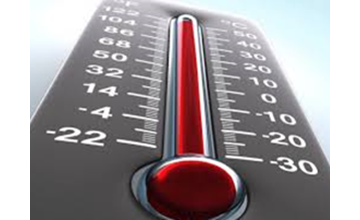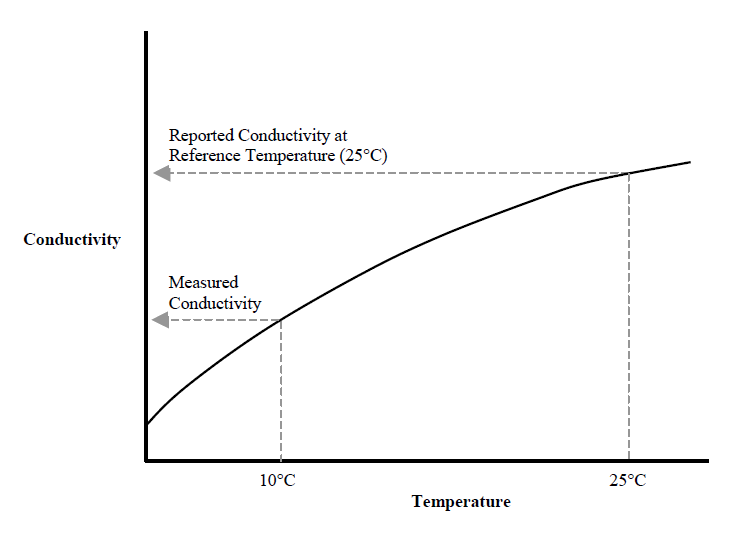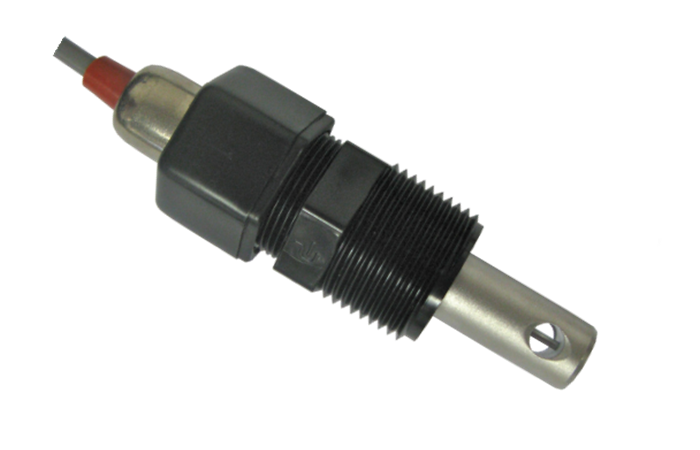Temperature Compensation Measurement
Temperature has a significant effect on conductivity and pH measurements, a crucial process for accurate readings
The importance of temperature during conductivity measurement

The accuracy of water chemistry instruments when measuring conductivity and pH is heavily dependent on temperature.
This is why accurate temperature measurement and control is essential for accurate conductivity measurement. Conductivity is primarily a measure of the ionic concentrations in a sample. Conductivity measurement using an electrochemical probe is the most effective way of determining the concentration of dissolved substances in a water sample. But the parameters will vary depending on the sample and the temperature of the sample.
The effect of temperature
One should not underestimate the effect of temperature on a solution’s conductivity. Temperature decreases ionic activity and the viscosity of a solution. A rise in temperature may also cause an increase in the number of ions and the mobility of those ions in the solution. This is why the conductivity of a solution is impacted by an increase in the solution’s temperature, i.e. conductivity increases.

Graph 1: The Effect of Temperature on Conductivity Measurement, John J Barron and Colin Ashton.
The importance of a reference temperature
As temperature increases so does the conductivity of the probe, which means that measurements taken at different temperatures cannot be compared. This is why a reference temperature is required to ensure consistency in measurement results, and to know the temperature dependence of the measured sample. To achieve the highest accuracy in measurements a sample must be kept at the chosen reference temperature, and the probe must also be correctly calibrated.
Understanding temperature compensation
If temperature control is not possible or practical, i.e. expensive – you can still calculate conductivity using temperature compensation. For accurate results one needs to reference against a standardized reference temperature – typically 20°C or 25°C. One must also be aware that the relationship between temperature and conductivity does not follow a linear relationship
Using a conductivity sensor
 Thankfully we have microprocessor based conductivity instrumentation that can provide accurate temperature compensation using sophisticated algorithms. Our conductivity sensor is tailored to your analyzer of choice and allows automatic compensation for maximum accuracy with alerts in real-time when the water condition is not within the desired range.
Thankfully we have microprocessor based conductivity instrumentation that can provide accurate temperature compensation using sophisticated algorithms. Our conductivity sensor is tailored to your analyzer of choice and allows automatic compensation for maximum accuracy with alerts in real-time when the water condition is not within the desired range.
Its small size enables convenient installation and service with O-ring seals used extended on-stream reliability and a plastic gland fitting that allows removal and replacement without tools. This fitting can be screwed into a line, or tank, and it can also be turned around and connected to a standpipe for use in a submersion configuration. It has a maximum pressure /temperature rating of 100 PSIG at 100ºC.
